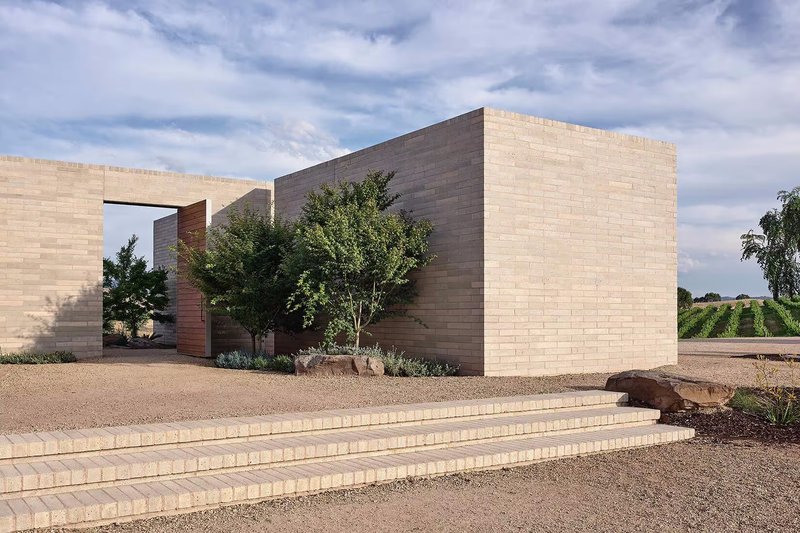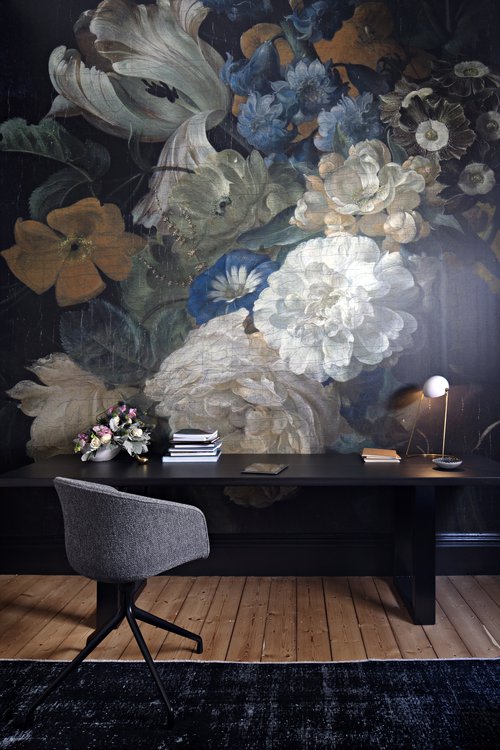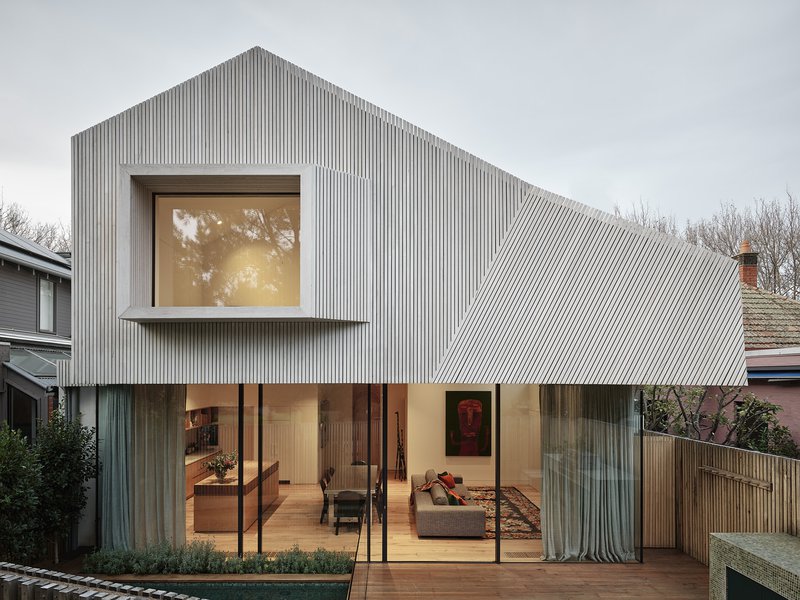
Multi-award-winning Melbourne-based architect Lucy Clemenger knows a thing or two about intertwining sustainability and wellness when it comes to designing homes.
Lucy Clemenger’s driving principle is to create inspiring, durable spaces whilst respecting the environmental and social impacts of her designs.
“I always take a sustainable approach and aim to design homes that will last for generations. A well-designed, functional home built from the very best locally sourced materials will stand the test of time.”
Lucy also believes that the living spaces we inhabit are intrinsic to health and well-being.
“Airflow, natural sunlight, and connection to nature are major considerations for home design, whether that’s a new build or a renovation, and these factors will contribute to a positive wellness-inspired living experience for the occupants.”
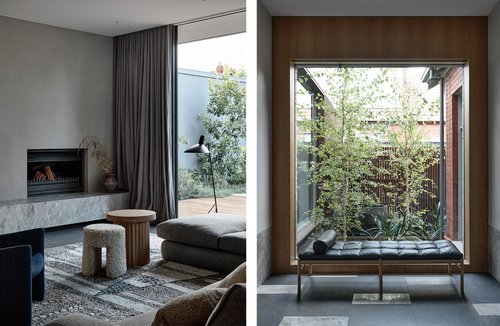
Design for Durability
“Making buildings that last a long time is important. I love transforming heritage homes and creating functional and uniquely beautiful homes designed for modern living. We look at the design and layout of the existing home and its environment and see how we can enhance liveability by increasing light, space, and outlooks to nature. Not only are we limiting demolition, but we are also increasing the original home’s longevity for future generations to enjoy."
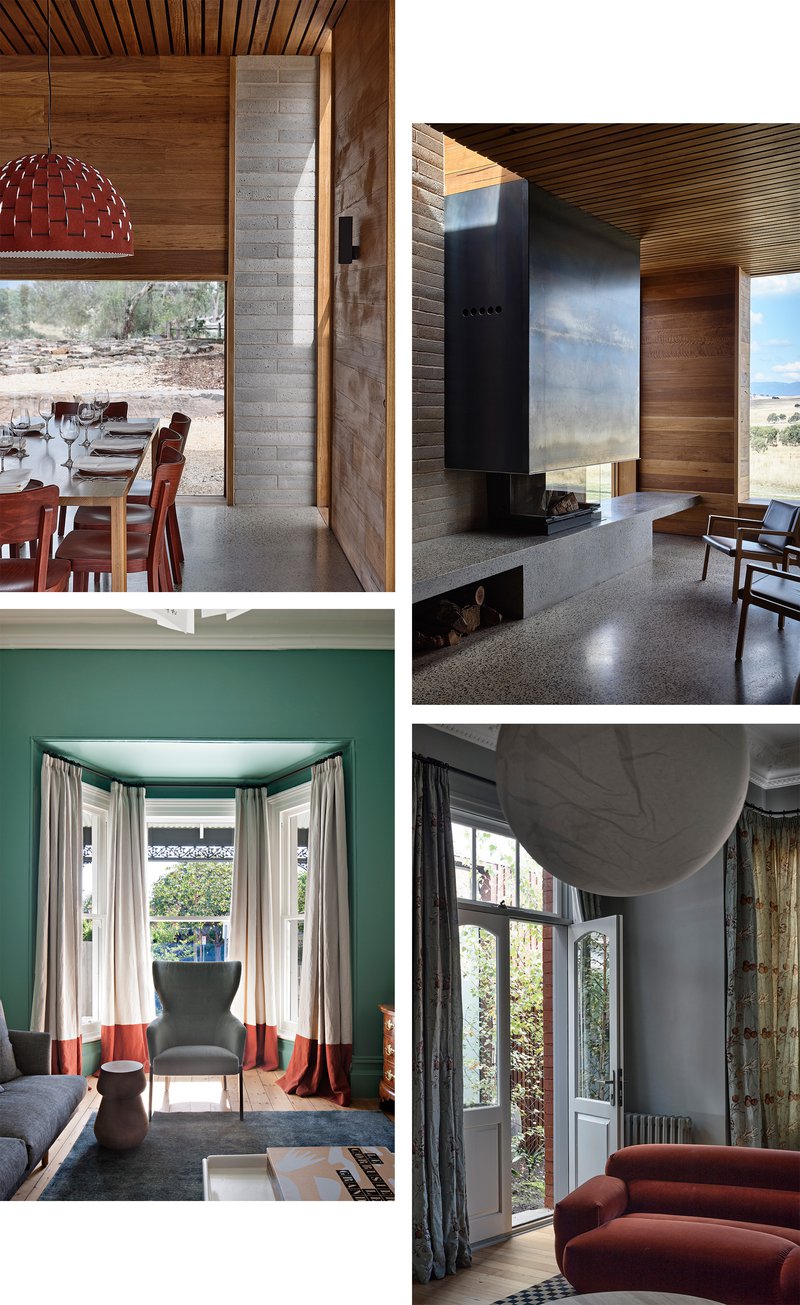
Smaller Spaces
In the wake of changes to State Planning legislation that has made it simpler for owners to build additional dwellings on properties of more than 300 square metres, and the coinciding ‘Future Homes’ directive for these homes to be ‘exemplary in their design, liveability and sustainability’, architects are expecting an influx in new ‘small home’ design briefs.
“Smaller spaces can be just as successful as larger ones,” Lucy says. “Even on a really tiny site, we can create a wellness-inspired environment using biophilic principles such as large format windows and creating gardens right up to the glass line, and using the ‘borrowed’ landscape, such as neighbours’ trees, or local parkland greenery to create natural outlooks. The smaller the space, the more important it is to have a sustainable design, to not only reduce overall energy costs but for a positive living experience.”
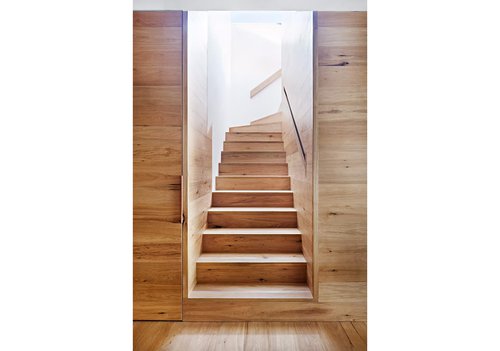
Create a Healthy Environment
“Making the most of light, air, and nature is key to creating a healthy wellness-inspired environment. I like to use skylights to draw in natural light and ceiling fans instead of air conditioners, incorporating cross-ventilation to ensure the air inside the home is always fresh and healthy. Choose organic, low-toxin materials for floors and surfaces, such as pure wool, natural timbers and stone – look for environmentally friendly, chemical-free coatings and finishes. Consider the placement of windows and doors and their relationship with any available outdoor or garden space to create a biophilic environment. Simple things like placing a bird bath or beautiful sculpture in a courtyard can promote a sense of calmness and tranquillity. To increase the biophilic experience, incorporate tactile, textured materials and organic shapes into your interior design and furnishings. This will balance the cold and warm and harmonise the hard with the soft.
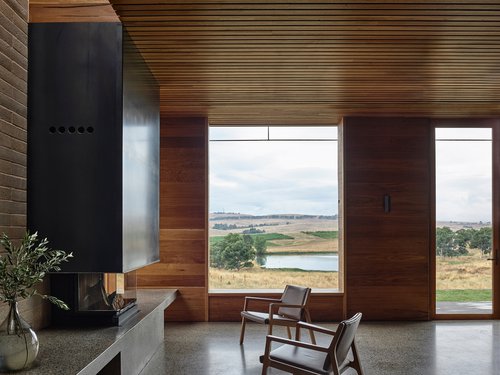
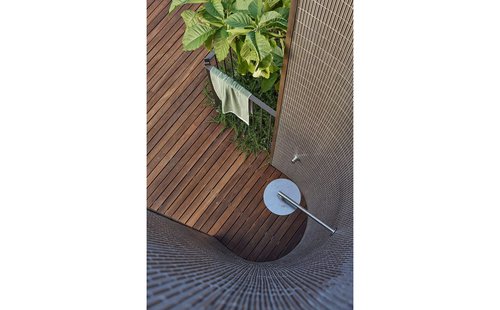
Consider Local Makers
“Challenge your designer. Everything should be local if possible. Things like tapware, lighting, and flooring. Seek out products that are designed and manufactured in Australia. We have some incredible lighting designers and furniture designers, so by engaging them, you’re helping the local economy and reducing your carbon footprint. I’ve found that locally sourced products are well-designed and can be better manufactured than imported materials, so it simply makes sense to use these where possible."
After more than 25 years in the industry and a long-standing passion for meaningful and innovative housing design, Lucy Clemenger is dedicated to creating living spaces that are considered contextually responsive, and make a positive contribution to the occupant’s well-being and to the environment.
“We are absolutely committed to sustainability and wellness in architecture. It’s an essential part of our practice.”
Discover more about sustainability and wellness in architecture at Lucy Clemenger.
